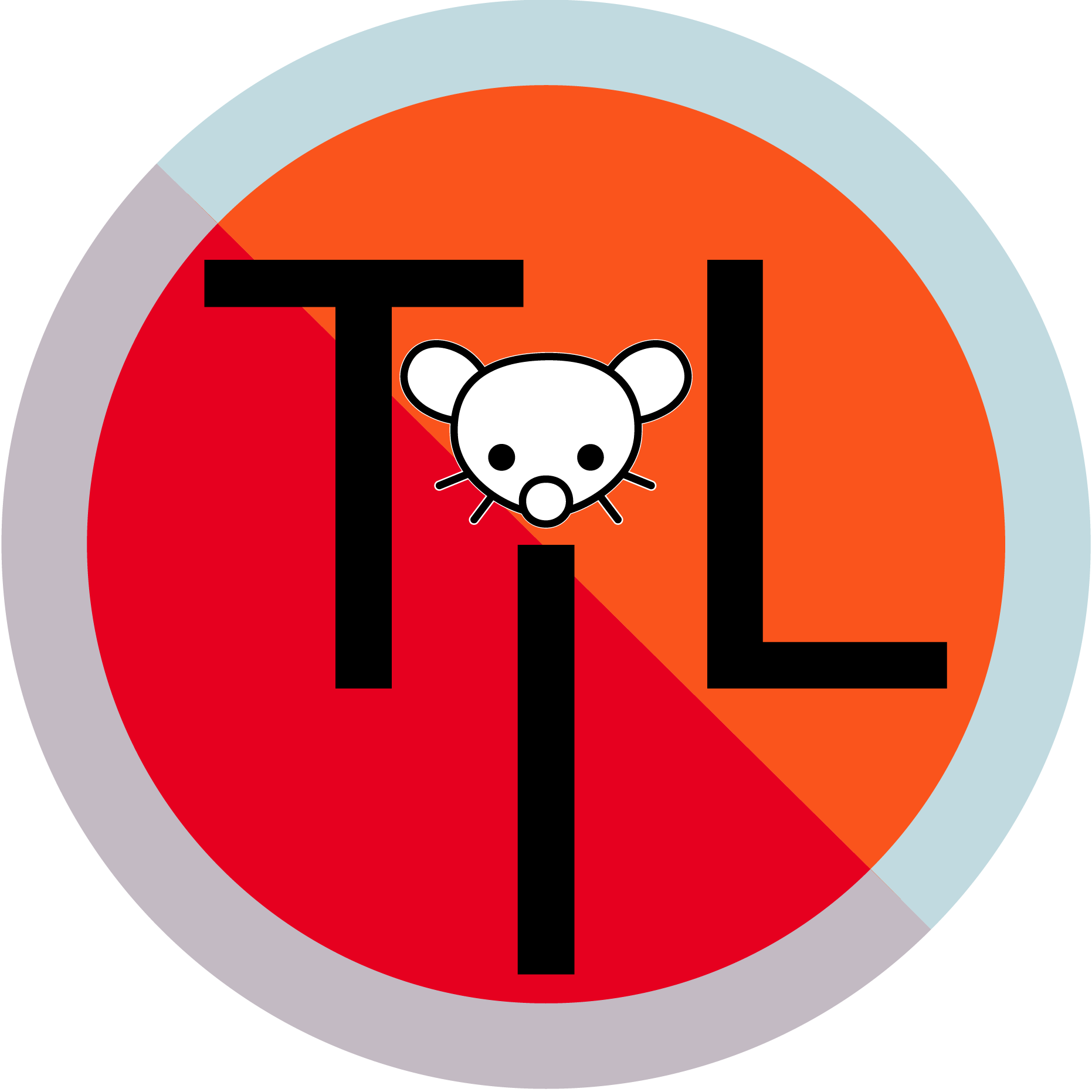

Sorry if you know this game, but I’ve met plenty of people who haven’t and I’ve never seen it mentioned online until I searched for it today: Contact!


Sorry if you know this game, but I’ve met plenty of people who haven’t and I’ve never seen it mentioned online until I searched for it today: Contact!


I should clarify - rather than ‘backfire,’ exaggeration in Majority Judgment either does nothing or carries a social cost. Here’s why:
Regarding partisan concerns: Yes, MJ is vulnerable if partisan blocks coordinate to exaggerate grades. However, MJ offers two meaningful advantages in a two-party system:
Of course, you were hinting at the fact that MJ’s success in a two-party system depends on fostering a political culture where candid evaluation flows more freely than partisan loyalty. But this is the current that all voting systems must swim against; partisan pressure can steer dolphins’ fins at the polling station regardless of the method used.


Either ranked-choice voting or majority judgement.
By using median grades, it finds candidates who are “acceptable” to a broad swath of voters. A candidate strongly loved by 40% but strongly disliked by 60% will typically lose to someone viewed as “good enough” by most. This pushes politics toward centrist candidates who may not be anyone’s perfect choice but whom most find acceptable. The grading system lets voters express “this candidate meets/doesn’t meet my minimum standards” rather than just relative preferences
Voters judge each candidate against an absolute standard rather than just comparing them. This can help identify when all candidates are weak (if they all get low grades) or when multiple candidates are strong. It moves away from pure competition between candidates toward evaluation against civic ideals
By eliminating lowest-ranked candidates and redistributing votes, it rewards candidates who can be many voters’ second or third choice. This encourages candidates to appeal beyond their base and build broader coalitions. Unlike MJ, it’s more focused on relative preferences than absolute standards
Voters can support their true first choice without fear of helping their least favorite candidate win. This allows multiple similar candidates to run without splitting their shared base. The system is built around the idea that votes should transfer to ideologically similar alternatives
Both systems optimize for honest voting more than plurality voting, but in different ways:
MJ encourages honest evaluation because exaggerating grades can backfire if too many others don’t follow suit RCV encourages honest ranking because putting your true preference first doesn’t hurt your later choices
The key philosophical difference is that:
This means MJ tends to favor broad acceptability while RCV tends to favor strong but potentially narrower bases of support that can build winning coalitions. Neither approach is inherently more democratic - they just emphasize different aspects of democratic decision-making. </details>
I love this blog. I discovered it when I also discovered PbtA games. So good
Thanks for sharing your method.
As to your take on Anki, I think it’s fair and accurate. I agree with you in that the learning curve is not in the features or the interface, but as you said: in the pacing. I really hope I can try to space the cards as much as possible, so that a regular practice doesn’t become burdensome.


I’m generally skeptical of comments on the internet, so almost every time I have read comments like this one that you’re reading right now, I’ve been like “yeah right”. Kinda like how “lol” means “laughing out loud” but when you read it online you don’t really expect whoever wrote “lol” to have laughed out loud? Anyway, I was drinking coffee, I read your comment, I snorted in laughter, and now my white shirt is full of coffee.
I guess I’m also kinda mad at myself for laughing so hard at such a silly joke. Regardless, have an updoot 👍


and Bostrom’s simulation hypothesis and Pascal’s wager, all subject to serious validity threats. All of these thought experiments are unfalsifiable. They can all be explained with different theories. They all rely on circular reasoning. They all anthropomorphize entities that maybe don’t resemble humans at all. They all fall for the mind projection fallacy. They all are prey to selection bias, because they cherry-pick scenarios among countless alternatives.


I agree that economics has serious problems that can leave it looking like a shriveled science not worthy of the title “science”. There is a reason for this. Economics has been undermined for more than a hundred years.
When capitalism was born, classical economics had the goal of describing and understanding these new dynamics. It sought to answer questions such as how prices are determined or how labor dynamics affected profits, to name a few. It came up with answers through observation, statistical modeling, and what we would call today the scientific process.
It was later, in the late eighteenth century, that economics shriveled as a science and bloomed as an ideological and political tool. Many of the classical observations —such as how pricing is set by firms, how costs change through time, or how labor affects the production process— were scrapped. This new perspective didn’t see the market as turbulent, war-like, and aggressively cost-cutting. Rather, it portrayed the market as a perfectly lubricated machine that optimally distributes resources, maximizing personal utility as well as social utility.
This perfect machine was not science, but a political tool so that classical economists wouldn’t dare being critical of market economies. Even more so, this perfect machine was built so that politicians would not dare interrupt the motions of the machine.
If you’re interested in learning how this perfect machine was built and how classical economics sees the world, you can check out Anwar Shaikh.


Alright. Given that you’re interested in psychology, feel free to check these resources out: https://dnav.international/video-audio-resources/ https://dnav.international/wp-content/uploads/DNA-V-workbook-april-15-2020.pdf
These are introductions to Acceptance and Commitment Therapy.
You can also check out the Healthy Minds Program https://hminnovations.org/meditation-app


It sounds like you really care about fairness, in the sense of giving credit to the hard work behind learning. Do you know the phrase “dead metaphor”?


Came here to say this. I would like to know the definition (and its theory behind) to have a conversation about it, but I won’t watch three hours of a video to get the answer (or not!).


You mention not having money for therapy. There is evidence suggesting that therapy like Acceptance and Commitment Therapy is effective even if learned through books. What is important is to learn the mental processes that matter.
Here is an approach to therapy that you could try: https://youtu.be/o79_gmO5ppg
Sorry if my questions sound harsh. I genuinely want to know if this could help. How do you feel about reading books? Have you done it before? Do you have a place and time to read without distractions? Would reading from a device be feasible for you?


I wonder if progressive/conservative is what the charts are getting at. Heck, I wonder if we could even put it in terms of Welzel’s Democratic/protection values.


Totally. The history of intelligence has sadly also been the story of eugenics. Fortunately, there have been process-based theories and contextual theories that have defined intelligence in more humane and useful ways. In this view, IQ tests do not measure an underlying characteristic, but a set of mental skills. Seen this way, intelligence becomes something people can gain with nurturance. If you’re interested, check out Relational Frame Theory.
Huh… maybe my perception of Aristotle is a caricature. I don’t know why I thought of him as living in very rudimentary spaces and wearing basic clothing. This painting suggests otherwise. I wonder to what extent it is historically accurate.
Ah, I see how my wording was confusing. I mean planning in the sense of “How will we complete the work that we already committed to?” and “What will we do today to achieve our Sprint goal?”
I arrived at the word planning because Scrum is sometimes described as a planning-planning-feedback-feedback cycle. You plan the Sprint, you plan daily (Daily Scrums), you get feedback on your work (Sprint Review), and you get feedback on your process (Sprint Retrospective).


My brother has a Framework 13 and mainly uses a combination of NixOS and Windows. Most of the time he uses NixOS, but sometimes the software he needs is broken on Nix. When that happens, he reverts to a previous version of Nix or he boots onto Windows. He has Windows installed in one of the external-drive socket thingies that he keeps plugged in at all times in case he needs Windows.
Apart from the occasional broken Nix package, he has had issues with the hyper-sensitive two-finger scrolling in Gnome (which I would say is not directly a Framework or Nix problem). Also, a while back, when I bought the computer with him, we bought Oloy RAM because it was fast and cheap, but that lead to weird crashes. Framework support helped us test the sticks and eventually we sold those sticks and got the Framework-tested Crucial sticks, which solved the problem. Finally, I remember he had to be careful about not just closing the laptop but actually clicking “sleep” and then closing it, because otherwise it would get super hot and lose a lot of battery.
Despite these struggles, he recently told my Mac-loving girlfriend that he will not get a “disposable” computer. I take this to mean he will keep using his Framework laptop.
lol I hope your standups are not actually like this! The purpose is to, as a team, plan what the team will do today to achieve the Sprint goal
This looks impressive for Linux, and I’m glad FLOSS has such an impact! However, I wonder if the numbers are still this good if you consider more supercomputers. Maybe not. Or maybe yes! We’d have to see the evidence.